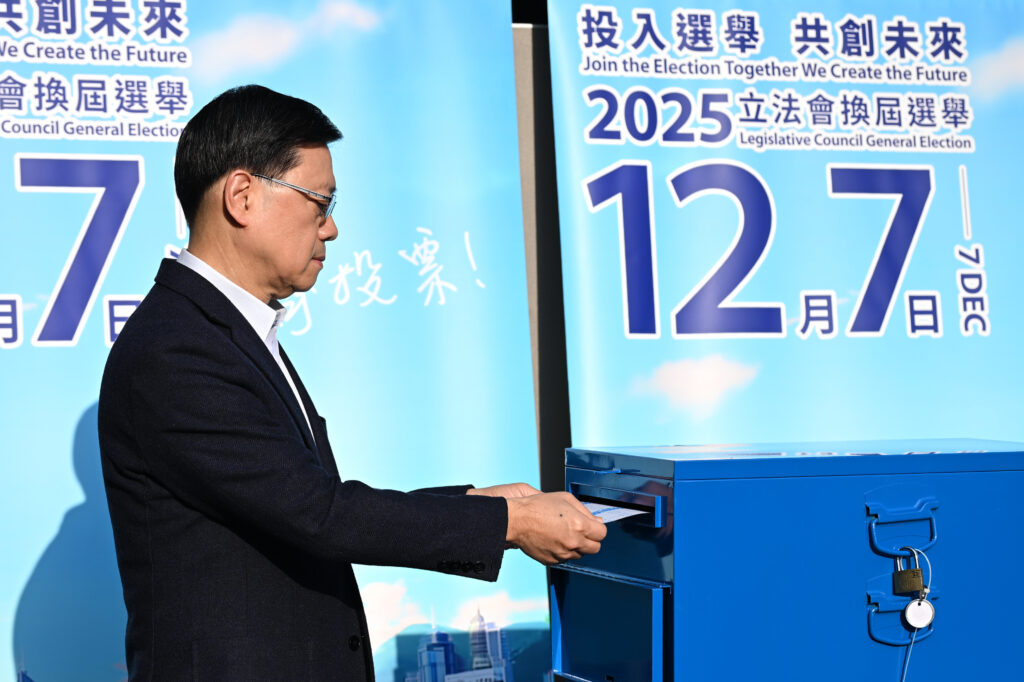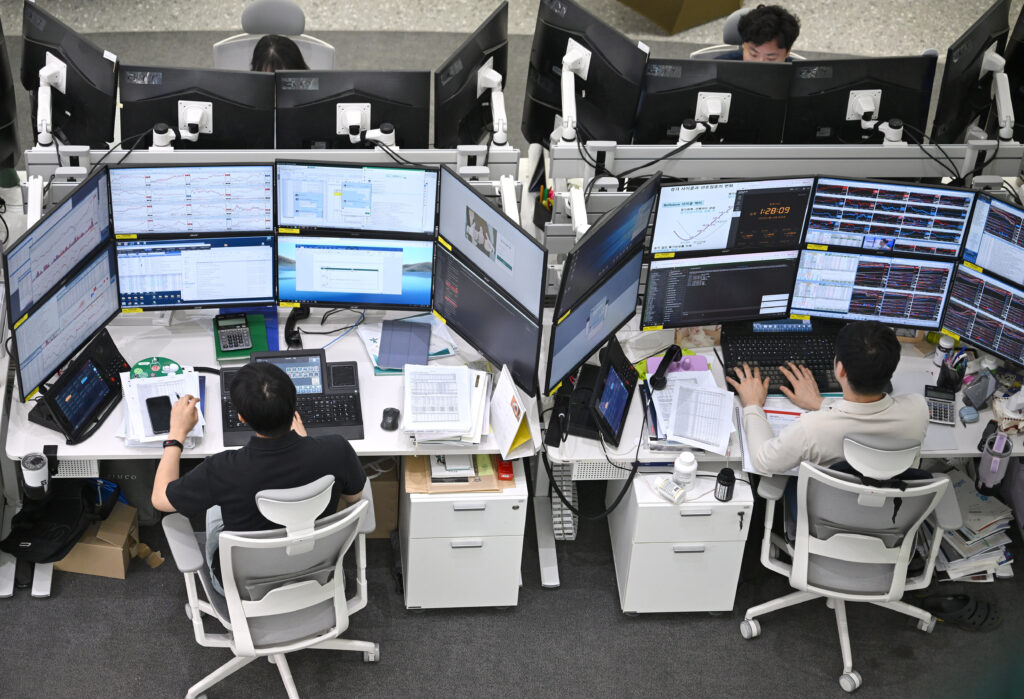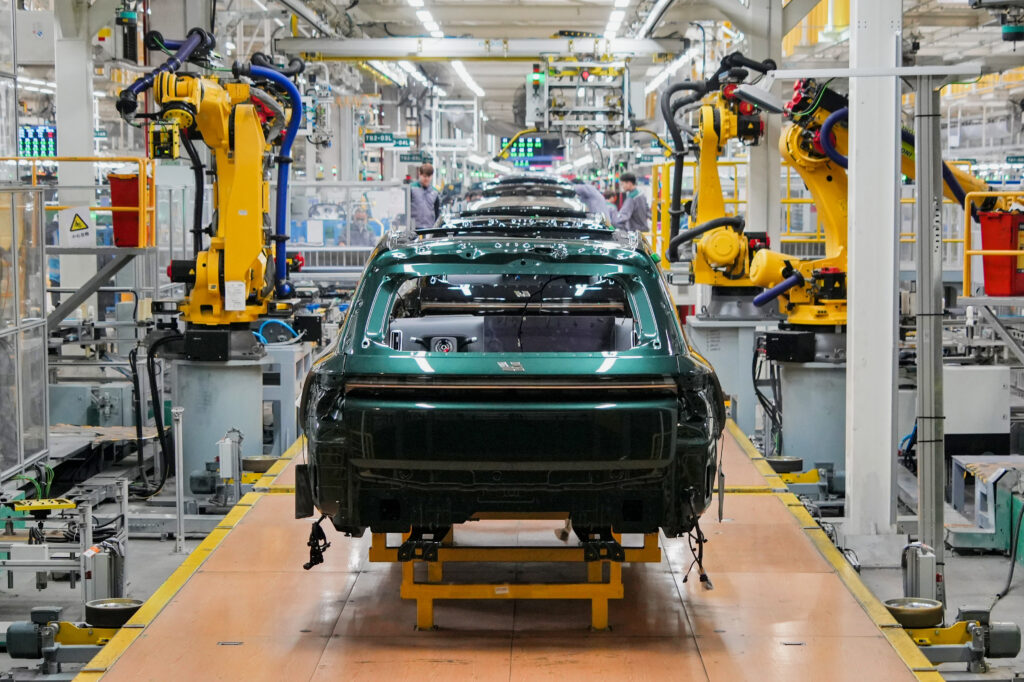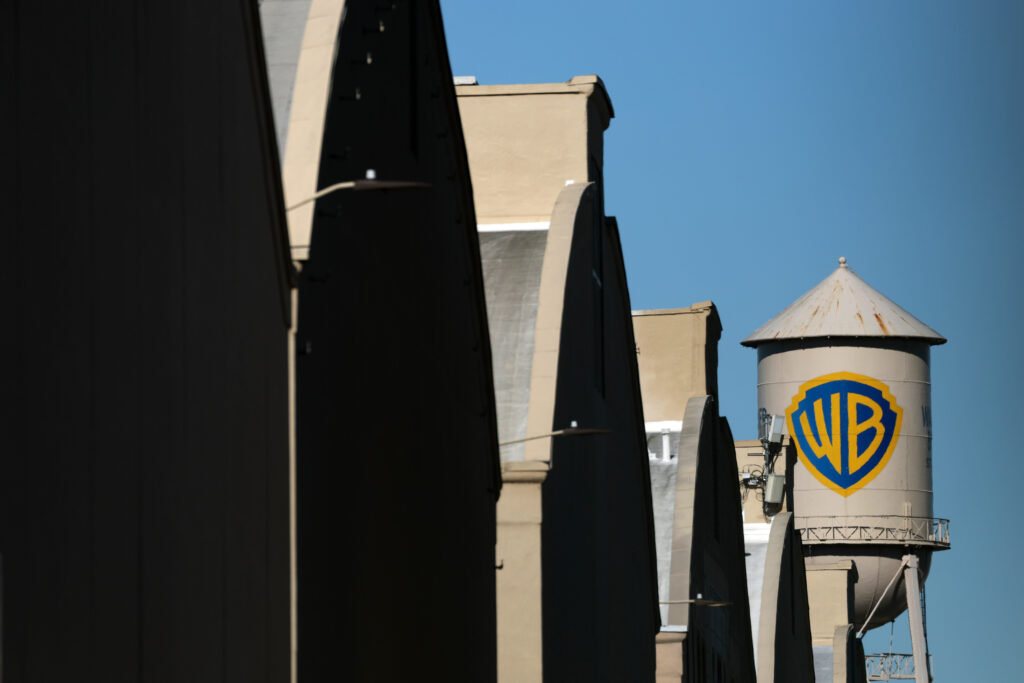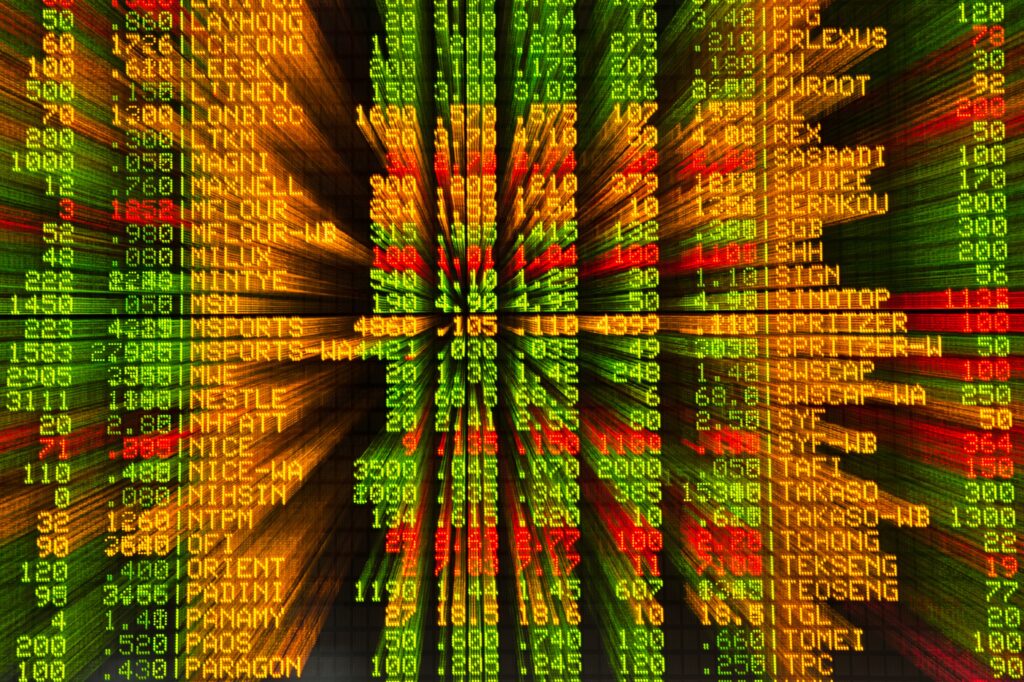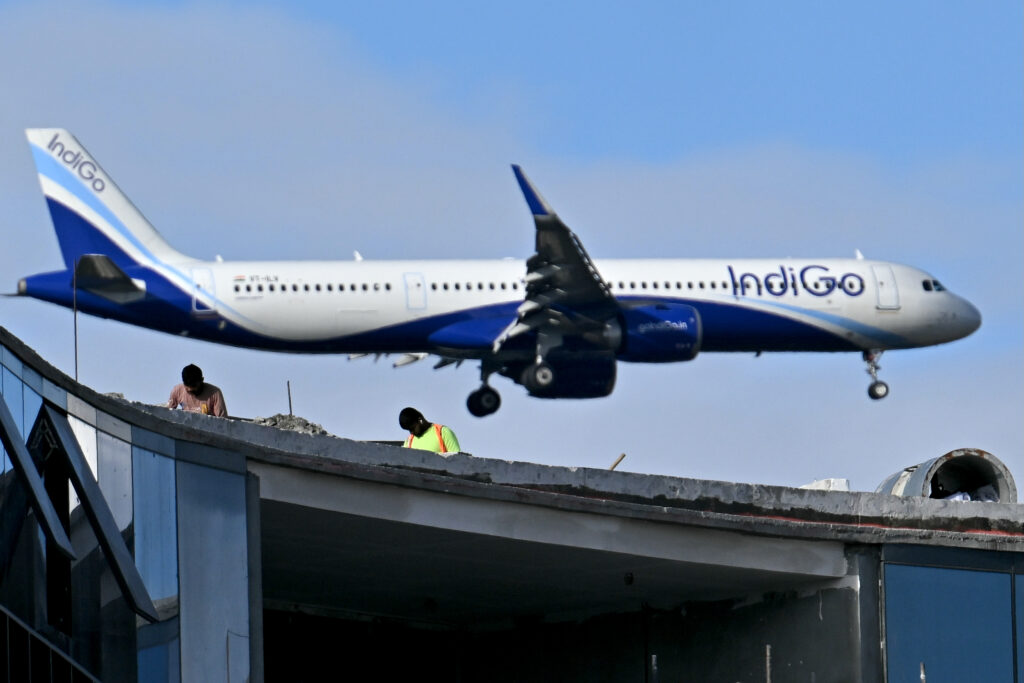Hong Kong leader says next legislature will ‘drive reform’
Hong Kong’s leader said Monday that the fresh crop of lawmakers who will take office after the “patriots only” legislative election will drive institutional reform, following the city’s deadliest fire in decades.The Chinese finance hub on Sunday held its second contest under electoral rules that Beijing imposed in 2021, which slashed directly elected seats and tightened political vetting for candidates.Some 1.32 million of the 4.14 million registered voters cast ballots, slightly fewer than in the 2021 race. However, the turnout rate edged up from last time’s record-low 30.2 percent to 31.9 percent thanks to a smaller population of voters.A government publicity blitz for the election was halted in late November after a blaze tore through the housing blocks of Wang Fuk Court in northern Hong Kong, killing at least 159 people and displacing thousands.City leader John Lee said Monday those who voted had shown “support for the government’s commitment to recovery and reform following the tragedy, and for electing capable and committed (lawmakers) to drive institutional reform”.The new legislators, expected to start work early next year, will “join hands with the (government) to undertake support and recovery work following the tragedy”, Lee added.A spokesperson for Beijing’s office overseeing Hong Kong affairs hailed the outcome and said the turnout “significantly exceeded” the previous iteration.”The successful conclusion of this election fully reflects the collaborative, determined and united ‘Lion Rock’ spirit of Hong Kong society,” the Hong Kong and Macao Work Office said in a statement.Newcomers make up just over 40 percent of the winners, which included Olympic champion fencer-turned-tourism sector representative Vivian Kong.- Beijing-imposed overhaul -Legislature elections in Hong Kong used to feature boisterous clashes between pro-Beijing and pro-democracy camps, with the latter often winning around 60 percent of the popular vote.But Beijing overhauled Hong Kong’s electoral system in 2021 after the city saw huge and sometimes violent pro-democracy protests two years before.Sunday’s race featured 161 government-vetted candidates and was once again devoid of the two largest pro-democracy parties: the Civic Party disbanded in 2023 and the Democratic Party, which is winding down.Political scientist John Burns said the vote reflects “continuing polarisation” and “the disappointment and anger of citizens on seeing the alleged negligence of the government” over the fire.”The election raises questions about the legitimacy of the post-2021 political system and the stability of Hong Kong,” said Burns, an emeritus professor at the University of Hong Kong.As of Sunday, Hong Kong’s anti-corruption watchdog had arrested a total of 11 people for telling others not to vote or to cast invalid ballots.Authorities have also warned against crimes that “exploit the tragedy” and arrested a 71-year-old man for sedition, following earlier reports of three fire-related sedition arrests.China’s national security agency in Hong Kong summoned representatives from international media, including AFP, for a meeting on Saturday to warn them “not cross the legal red line” during their coverage of the fire and the election.
